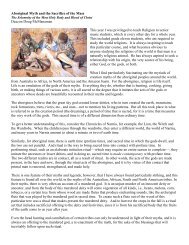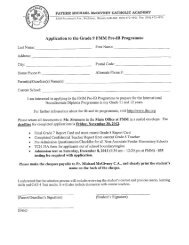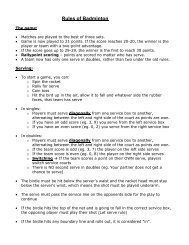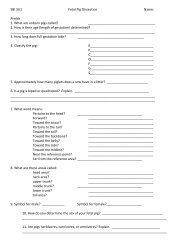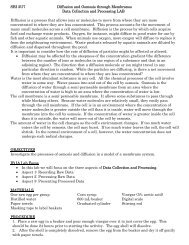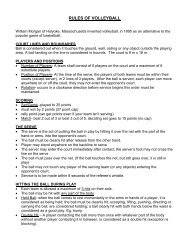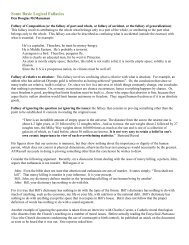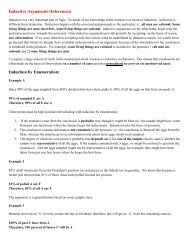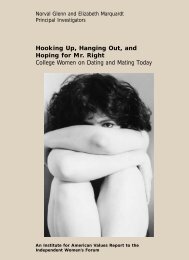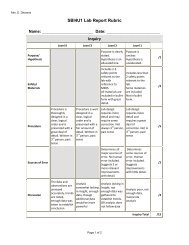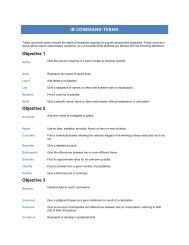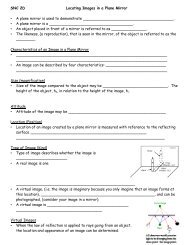Syllabus - Father Michael McGivney Catholic Academy
Syllabus - Father Michael McGivney Catholic Academy
Syllabus - Father Michael McGivney Catholic Academy
- No tags were found...
Create successful ePaper yourself
Turn your PDF publications into a flip-book with our unique Google optimized e-Paper software.
Wave phenomena: (A2-A6 are identical to 11.1-11.5).A2 Standing (stationary) waves 2 hoursAssessment statement Obj NotesA.2.1 Describe the nature of standing (stationary)waves.2 Students should consider energy transfer,amplitude and phase.A.2.2 Explain the formation of one‐dimensionalstanding waves.3 Students should understand what is meant bynodes and antinodes.A.2.3 Discuss the modes of vibration of stringsand air in open and in closed pipes.3 The lowest-frequency mode is known either as thefundamental or as the first harmonic. The termovertone will not be used.A.2.4 Compare standing waves and travelling 3waves.A.2.5 Solve problems involving standing waves. 3A3 Doppler effect 2 hoursA.3.1A.3.2A.3.3A.3.4A.3.5Assessment statement Obj NotesDescribe what is meant by the Doppler 2effect.Explain the Doppler effect by reference to 3wavefront diagrams for moving-detectorand moving-source situations.Apply the Doppler effect equations for 2sound.Solve problems on the Doppler effect for 3 Problems will not include situations where bothsound.source and detector are moving.Solve problems on the Doppler effect for 3 Students should appreciate that the approximationelectromagnetic waves using themay be used only when v



